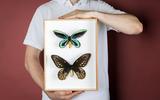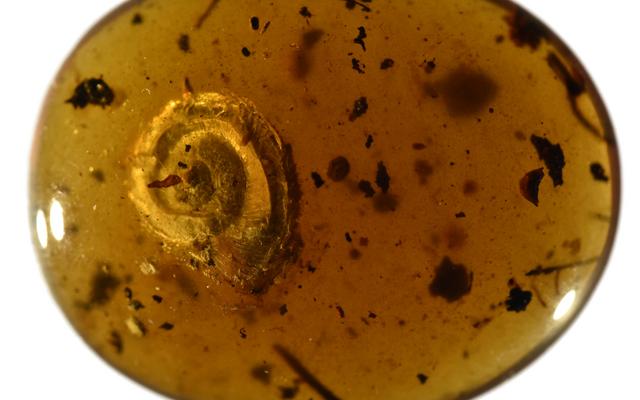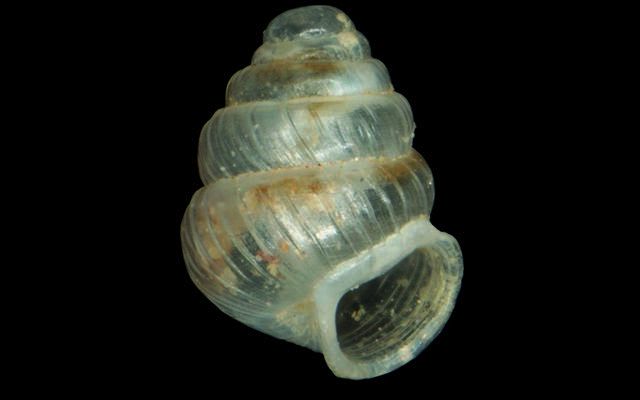A single specimen of the largest butterfly in the world costs up to CHF 10,000 on the black market, not least due to the global trade ban for the rarest, most sought-after creatures captured in the wild under the Washington Convention (CITES). The magnificent butterfly is exclusively found in Papua New Guinea, a distant volcanic island nation located between Indonesia and Australia. The second-largest island worldwide is a study of extremes. It is dominated by a rugged mountain range, with peaks rising over 4,500 metres above sea level. As well as being home to rare species that are exclusively endemic to the island, it is a hotspot for human language. Between 11 and 25% of all languages in the world are spoken there. Another extreme example is the Queen Alexandra’s birdwing, which flits through the forest canopies at altitudes of 500 to 800 metres above sea level. In 1906, the British adventurer, naturalist and collector Albert Stewart Meek stumbled upon this gigantic butterfly – which has a huge wingspan of up to 30 centimetres – during an expedition to Papua New Guinea. Two specimens collected by Meek during an expedition the following year (in 1907) can today be found in the museum’s collection.
Hunted with bows and arrows
The female of the species will only mate with males that have visited the flowering tree Intsia bijuga (also known as Kwila), which is itself coveted and endangered due to the quality of its wood. The female lays its eggs in the Aristolochia schlechteri, also known as the Dutchman’s pipe, a rare vine that grows sporadically in the canopies of tropical trees at altitudes of up to 40 metres above the ground in Papua New Guinea. Aristolochia is the only fodder plant for the butterfly’s larvae. Populations of this plant are likewise threatened with extinction due to habitat destruction, in part due to the spread of palm oil plantations.
Having beaten the odds in traversing the virtually impassable terrain, Meek’s final challenge was to actually capture a specimen of the Queen Alexandra’s birdwing. As it was impossible to use a butterfly net at the altitudes where the butterflies were to be found, he instead opted for a bow and arrow to hunt down butterflies resting on nearby branches. This is why all the captured specimens have a hole in one of the wings where the trident-shaped arrowhead entered the butterfly.
Named after a queen
Meek’s expensive expedition to the end of the world was financed by Walter Rothschild, an eccentric banker, naturalist and zoologist who kept kangaroos in his garden in England and had a carriage drawn by zebras. He built the Walter Rothschild Zoological Museum in Tring, England, which is now a division of the Natural History Museum in London. Rothschild’s collection was one of the largest natural history collections in the world. He financed expeditions all over the globe and occasionally joined them too. He was responsible for collecting many species of birds and butterflies that previously had no formal names and described them in various scientific publications. Rothschild named the female specimen captured by Meek during his expedition in 1906 after Alexandra, the Queen consort of the United Kingdom and the wife of King Edward VII. The Queen Alexandra’s birdwing quickly proved to be one of the largest butterflies in the world.
Literature tip: John Tennent, The Man Who Shot Butterflies: Albert Stewart (1871-1943) – Naturalist and Explorer (Storm Entomological Publications, Oxford, 2021).
Publication date: August 2023



